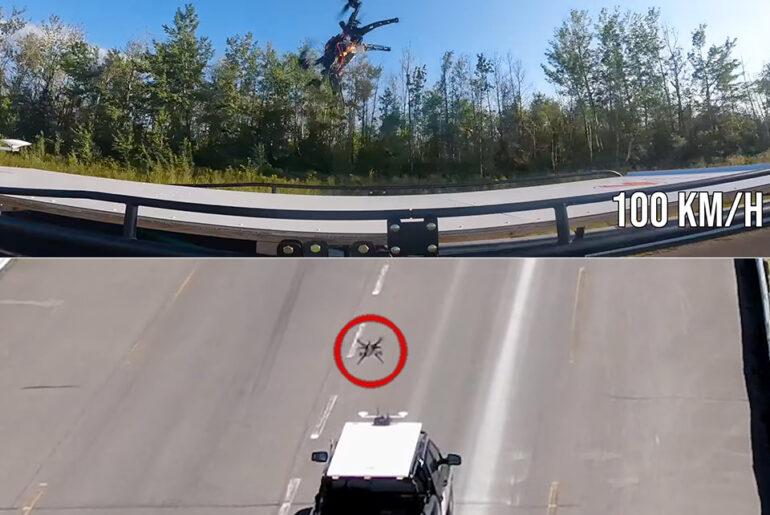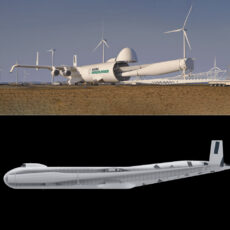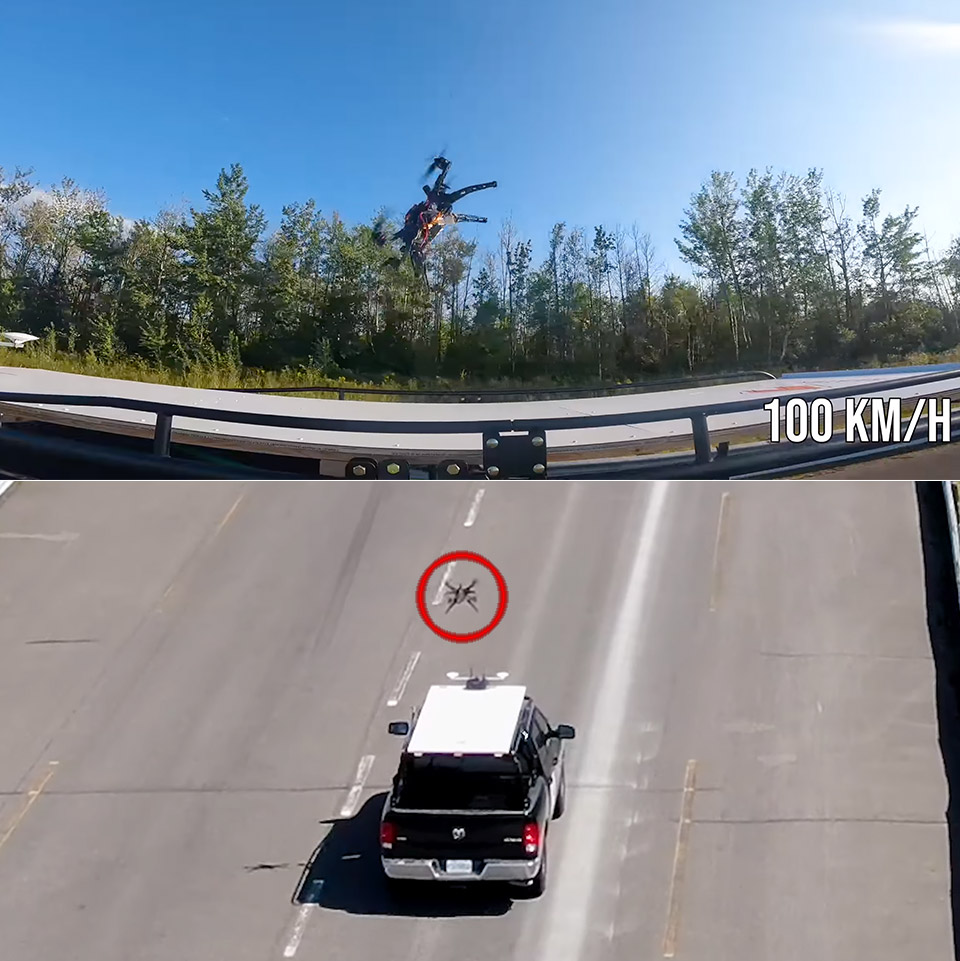
A drone hovers above a truck speeding down a rural road at 110 km/h, and it begins to descend with precision and then lands smoothly on its bed. This is the latest achievement from the Createk Engineering Lab at Université de Sherbrooke in Canada. Their Project DART has solved a long-standing problem for drone technology: landing on a moving target in real-world scenarios.
Traditional drone landing gear fails when the target vehicle goes over 20-50 km/h. Drag forces pull the drone, high pitch angles disrupt balance, and the relative speed between the drone and vehicle gives a small window of opportunity. The Createk team, led by Ian Tunney, Jeremy Bass and André L. Desbiens, designed a system that combines lightweight friction shock absorbers with reverse thrust. This allows drones to fall fast (up to 4 meters per second) and level out at the last second to ensure a successful landing.
- Due to platform compatibility issue, the DJI Fly app has been removed from Google Play. DJI Neo must be activated in the DJI Fly App, to ensure a...
- Lightweight and Regulation Friendly - At just 135g, this drone with camera for adults 4K may be even lighter than your phone and does not require FAA...
- Palm Takeoff & Landing, Go Controller-Free [1] - Neo takes off from your hand with just a push of a button. The safe and easy operation of this drone...
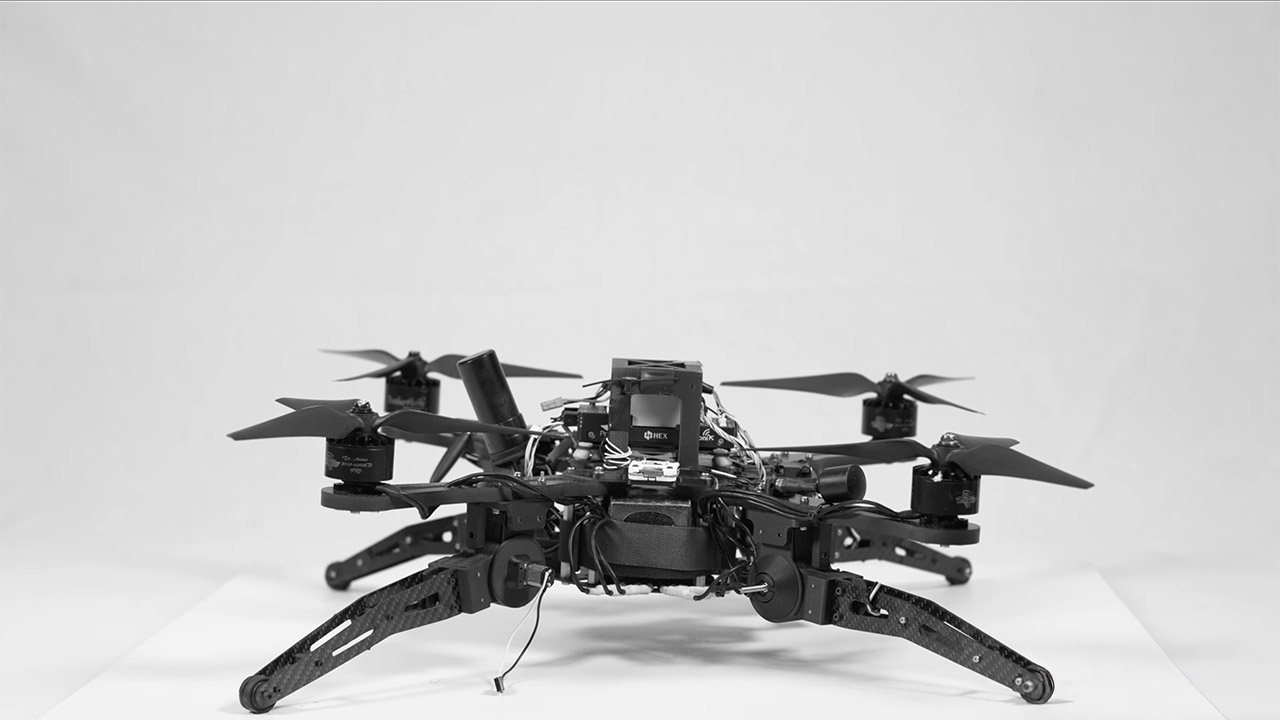
Friction shock absorbers work like car suspension, cushioning the drone from the shocks and vibrations of the speeding vehicle. Reverse thrust gives the drone a burst of downward force to counter the wind and stabilize its descent. Together, these components widen the “landing envelope”, or the range of conditions under which a drone can land safely. Simulations show this system has an 80% success rate at vehicle speeds up to 100 km/h, which is a big improvement over regular multirotors that fail under similar conditions. The team tested this: in 38 attempts, their drone landed on a pickup truck going from 10 to 110 km/h, in windy conditions and with an erratic vehicle motion.
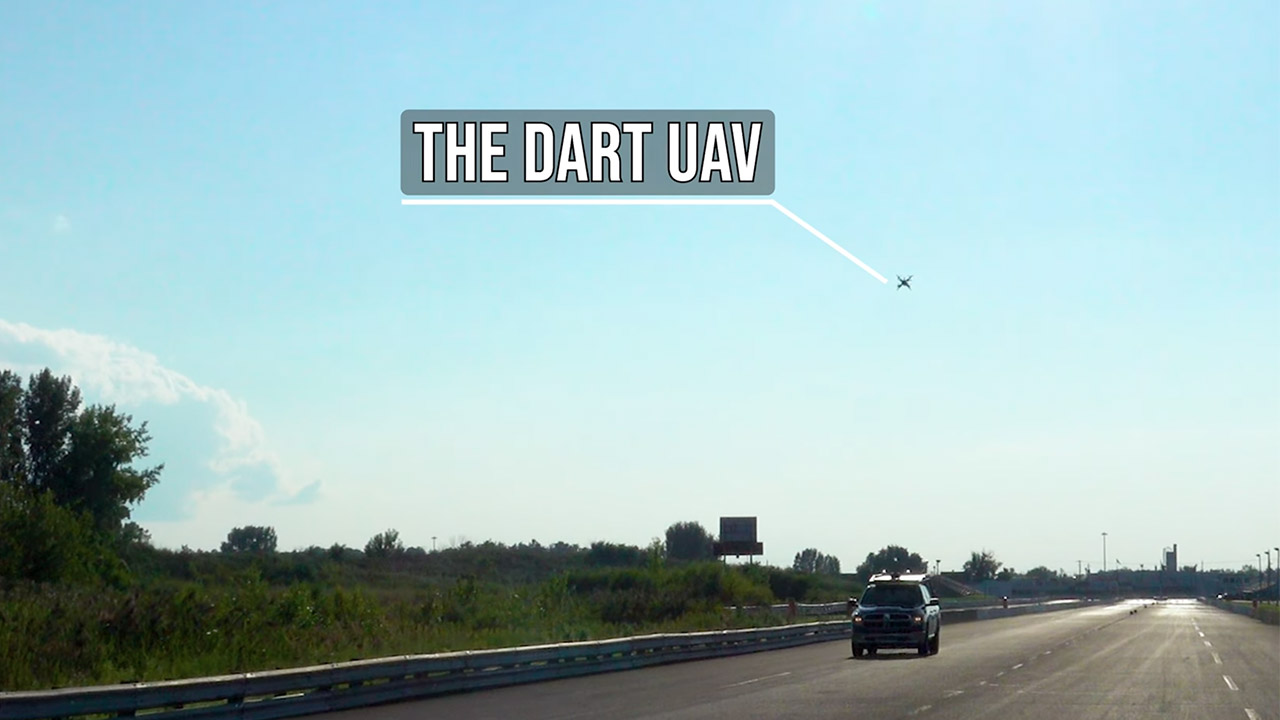
Why does this matter? Drones that can land on moving vehicles have real-world applications. Delivery drones could approach trucks on the highway and transfer goods without stopping. In harsh conditions, search and rescue personnel could use drones to land on boats or all-terrain vehicles and transfer supplies or sensors. The system is resilient to external factors like wind gusts, sensor errors and irregular vehicle tracks, so it’s suitable for applications where precision and reliability are key. Compared to regular drones, Createk’s method expands the range of altitudes, speeds and angles from which a drone can start its landing by a factor of 38.
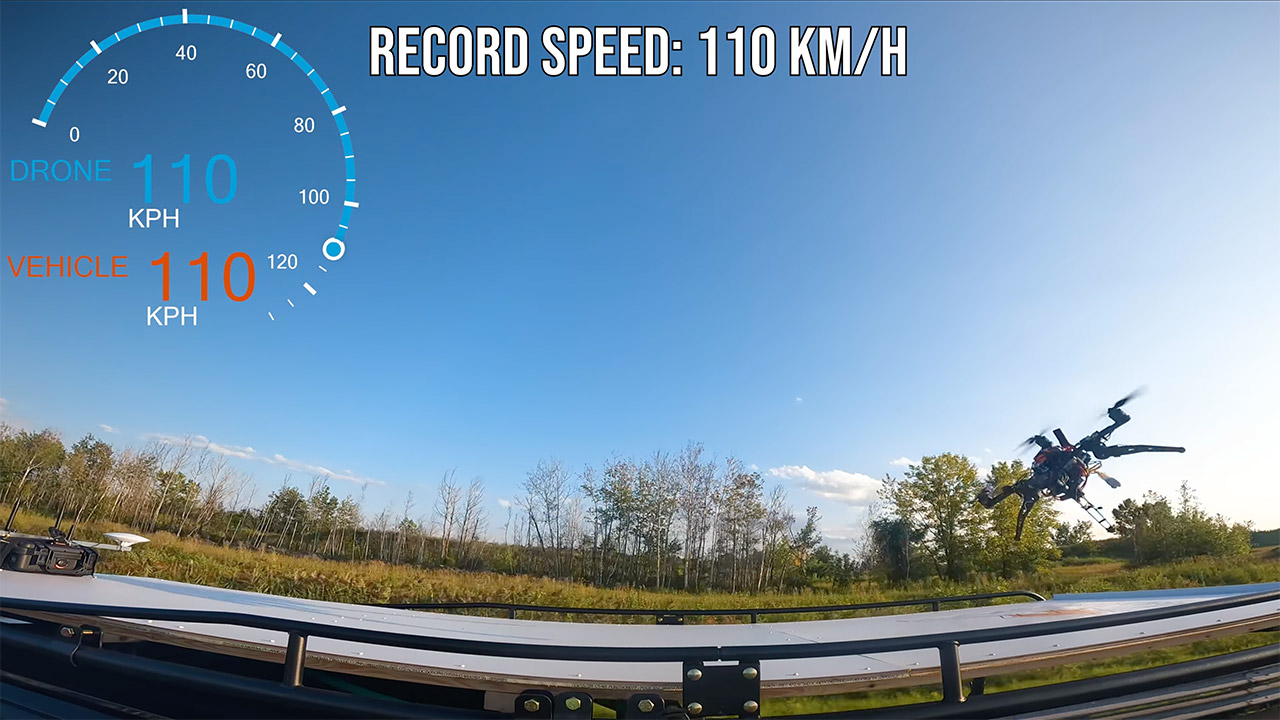
The brilliance of Project DART lies in its simplicity. Friction shock absorbers add little weight, so the drone remains maneuverable. Reverse thrust utilizes the drone’s current motors, eliminating the need for cumbersome add-ons. They do, however, work together to build a system that is tolerant to timing faults. Unlike other drones, which require precise accuracy to land, Createk’s drone can land anywhere during the leveling phase. This adaptability eliminates the need for optimal conditions, making it real-world practical.

